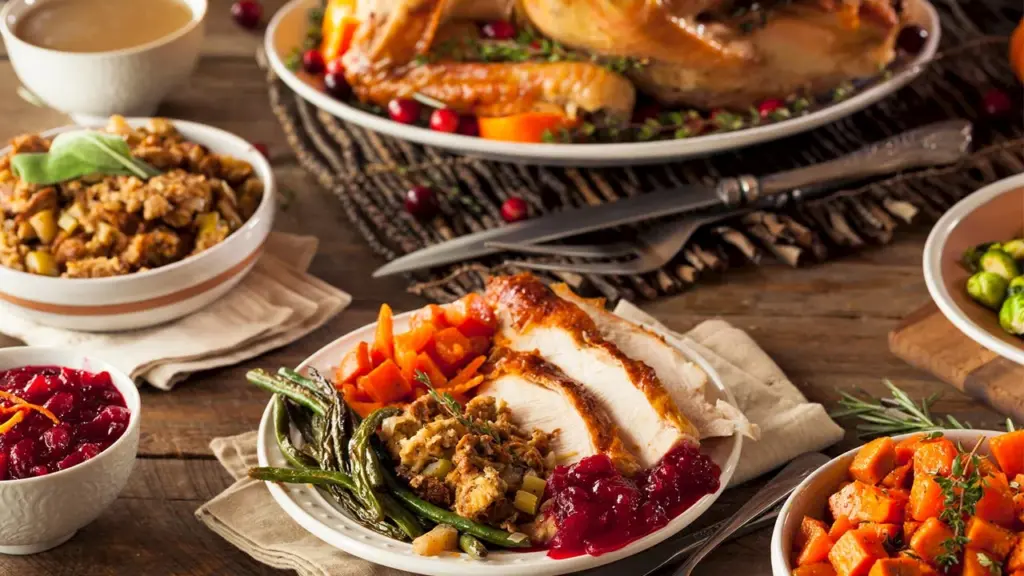
Consumers planning their Thanksgiving meals this year will face higher grocery bills due to rising food costs. According to data from the U.S. Department of Agriculture (USDA) and the Bureau of Labor Statistics (BLS), prices for traditional Thanksgiving staples, including turkey, canned vegetables, and spices, have increased significantly.
The BLS reported that prices for “food at home” have risen by 2.7% compared to the previous year. The most substantial increases occurred in the prices of meats, poultry, fish, and eggs, which saw a jump of 5.2%. Specifically, wholesale prices for whole hen turkeys have surged to $1.32 per pound, marking a remarkable 40% increase from last year, as detailed in the USDA’s livestock, dairy, and poultry outlook report for September 2025.
Several factors have contributed to these price hikes, including outbreaks of bird flu among poultry and heightened demand as the holiday approaches. Estimates suggest that turkey prices could continue to rise by 7 cents and 10 cents per pound into the third and fourth quarters of 2025.
A recent analysis from Purdue University indicates that the average cost of turkey has reached $2.05 per pound in 2025, representing a 25% increase compared to 2024. Therefore, a typical 15-pound turkey could cost around $31. Despite these overall increases, some retailers, like Walmart, are offering competitive pricing. Walmart has a deal for Butterball Turkeys at 97 cents per pound, the lowest price since 2019, made possible through contracts established prior to the surge in holiday demand.
In addition to turkey prices, consumers will see increases in canned goods. The cost of canned fruits and vegetables has risen by 4.8% and 4.9%, respectively. These products are essential for popular holiday dishes, such as pumpkin pie filling and cranberry sauce. While the price index for fresh fruits and vegetables has increased slightly by 1.2%, shoppers may find that frozen vegetables, which have actually decreased by 0.7%, offer a more budget-friendly option.
When selecting produce, prices can vary significantly. For instance, fresh spinach and corn tend to be pricier than their canned alternatives, whereas canned carrots can sometimes exceed the cost of fresh options. Shoppers are encouraged to compare prices based on brand and type to maximize savings.
As Thanksgiving approaches, major retailers are launching meal deals to help consumers manage their budgets. Prices for these deals can vary widely, ranging from $20 to $100, depending on whether consumers choose brand name or store brand products. For example, Aldi is offering a meal deal for $40 that can serve up to ten people. Meanwhile, H-E-B provides a selection of affordable prepared foods, making it easier for families to enjoy festive meals without extensive preparation.
As families begin their Thanksgiving preparations, being informed about prices and available options can lead to a more satisfying holiday experience without breaking the bank.







